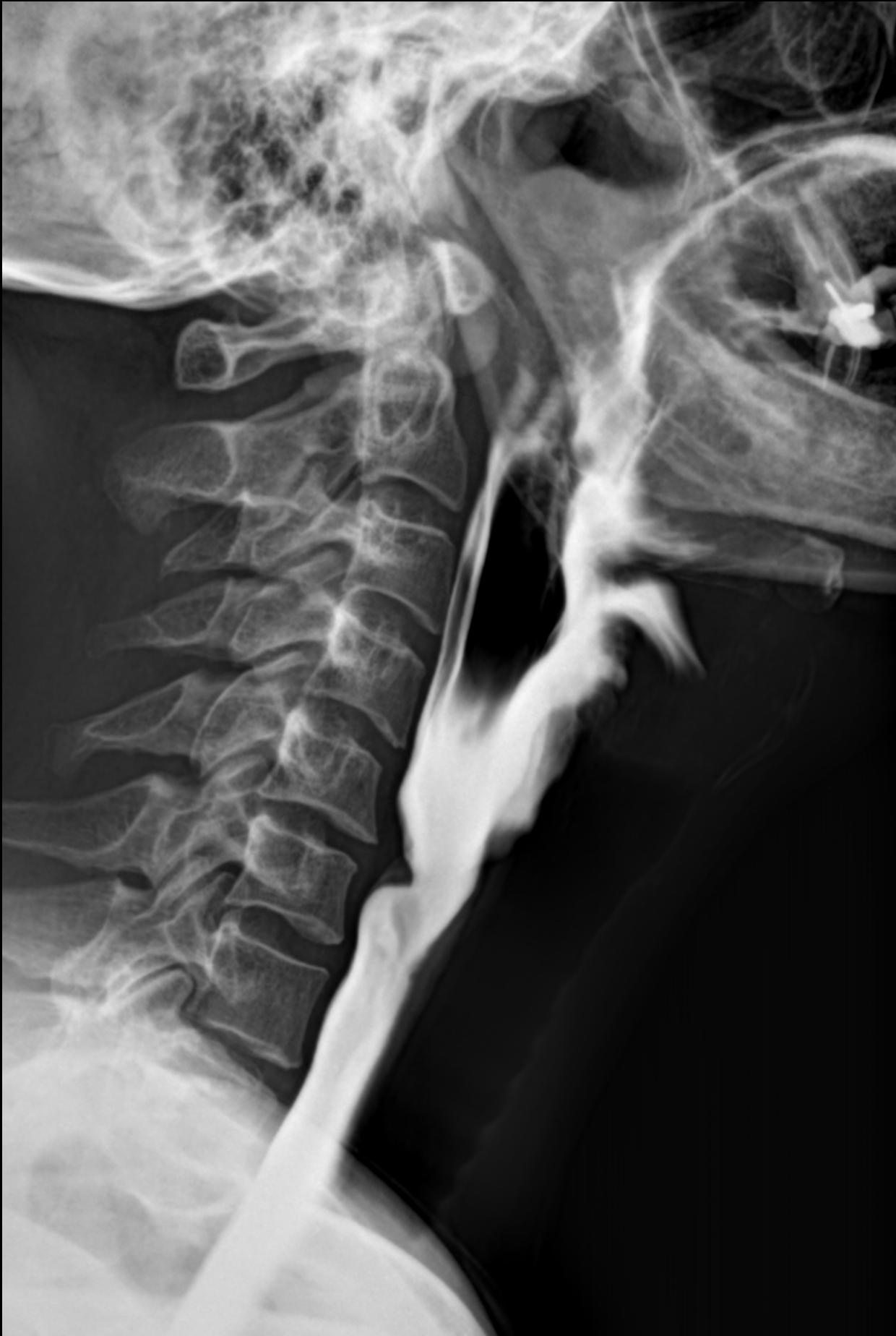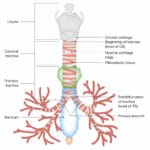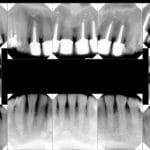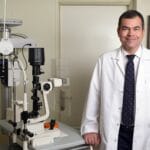This guide provides comprehensive information about cricopharyngeal bar, a condition that can cause difficulty swallowing. We’ll explore its causes, symptoms, diagnosis, and treatment options.
What is a Cricopharyngeal Bar?
A cricopharyngeal bar isn’t a disease, but a radiographic finding—a thickening of the cricopharyngeus muscle seen on a barium swallow X-ray. This muscle, located at the top of your esophagus, acts like a valve, regulating the passage of food and liquids. The thickening is often due to fibrosis (scar tissue). Many people have a cricopharyngeal bar without experiencing any symptoms. However, a prominent bar can sometimes obstruct the flow of food, leading to swallowing difficulties.
Cricopharyngeal Dysfunction (CPD): When Swallowing Gets Difficult
Cricopharyngeal dysfunction (CPD) occurs when the cricopharyngeus muscle doesn’t relax properly during swallowing. This malfunction can cause a range of symptoms, from mild discomfort to significant difficulty swallowing (dysphagia).
Recognizing the Signs
- Dysphagia: Difficulty swallowing, often worse with solid foods.
- Globus Sensation: A persistent feeling of something stuck in your throat.
- Regurgitation: Food or liquid coming back up after swallowing.
- Coughing or Choking While Swallowing: May occur if food or liquid goes down the “wrong pipe.”
These symptoms can also indicate other conditions, so seeing a doctor for a proper diagnosis is essential.
Causes of CPD
CPD can develop for various reasons, including:
- Neurological Conditions: Diseases like Parkinson’s disease can affect the nerves controlling the cricopharyngeus muscle.
- Muscle Spasms: The cricopharyngeus muscle can spasm, causing it to tighten and not relax properly.
- Aging: Muscles can lose strength and coordination with age.
- Gastroesophageal Reflux Disease (GERD): Chronic acid reflux may irritate and inflame the cricopharyngeus muscle.
- Zenker’s Diverticulum: A small pouch that can form in the esophagus, trapping food and complicating swallowing.
Diagnosing CPD
If you experience swallowing problems, your doctor may recommend tests like:
- Barium Swallow X-ray: This test helps visualize the cricopharyngeal bar and evaluate swallowing function.
- Esophageal Manometry: This measures the pressure inside your esophagus and assesses muscle function.
Treatment Options for CPD
Treatment depends on the severity of your symptoms and the underlying cause.
Conservative Management
- Dietary Changes: Consuming softer foods and smaller bites can often ease swallowing.
- Swallowing Exercises: A speech therapist can teach exercises to improve muscle coordination and strengthen swallowing mechanisms.
Surgical Treatment
- Cricopharyngeal Myotomy: This procedure involves making a small cut in the cricopharyngeus muscle to reduce tightness.
Other Treatments
- Botulinum Toxin Injections: These injections can temporarily relax the cricopharyngeus muscle.
Prognosis and Important Considerations
With appropriate treatment, the outlook for CPD is generally positive. Most individuals experience symptom relief, but ongoing monitoring may be needed. Research into CPD is ongoing, and recommendations may evolve. Don’t hesitate to discuss the latest advancements with your doctor. Remember, CPD is often linked to Zenker’s diverticulum and other esophageal issues, so a comprehensive evaluation is crucial.
What Does a Prominent Cricopharyngeal Bar Mean?
A “prominent cricopharyngeal bar” on a barium swallow X-ray means the cricopharyngeus muscle appears thicker than usual. While this often doesn’t cause issues, significant thickening can create a partial blockage in the upper esophagus. This might lead to sensations like food sticking, a lump in the throat, or regurgitation.
A dynamic (fluoroscopic) swallow study can determine if the bar is causing your symptoms. It shows how barium-coated foods move through your throat. If the bar causes obstruction, an indentation will likely be visible.
Treatment Options for a Symptomatic Bar
- Dilation: Gently stretching the narrowed area with a balloon.
- Cricopharyngeal Myotomy: A surgical procedure to relax the cricopharyngeus muscle.
Current research explores less invasive strategies and long-term effects of these treatments. Some experts suggest lifestyle changes like dietary modifications and swallowing exercises may also help manage symptoms. Consult a gastroenterologist or ENT doctor for guidance. Our understanding of cricopharyngeal bar is constantly evolving.
How Do You Treat a Cricopharyngeal Bar?
Treatment for a cricopharyngeal bar isn’t always necessary. If symptoms are mild, monitoring may suffice. However, if symptoms like difficulty swallowing solid foods or a persistent lump in the throat occur, procedures can help.
Treatment Options
| Treatment Option | Description | Potential Benefits | Potential Risks/Considerations |
|---|---|---|---|
| Monitoring | Watchful waiting | Avoids unnecessary procedures | Symptoms may worsen, requiring later intervention |
| Dilation | Stretching the muscle with an inflated balloon | Minimally invasive, often effective | May require multiple sessions, may not be permanent |
| Myotomy | Surgical release of muscle tension | Long-term relief for severe cases | More invasive procedure, carries surgical risks |
The best approach depends on the severity of symptoms and individual health. Ongoing research is exploring different approaches and optimal timing for intervention. Consult your doctor for the latest information. Did you know that the dipg survival rate is a topic that has been widely researched by medical professionals?
How Does a Cricopharyngeal Bar Affect Swallowing?
Swallowing involves a complex coordination of muscles. A cricopharyngeal bar can disrupt this process by creating a “speed bump” at the top of the esophagus. This thickened cricopharyngeus muscle hinders the smooth passage of food and liquids.
Common Symptoms
| Symptom | Description |
|---|---|
| Difficulty swallowing | Problems with the passage of food or liquids down the throat, particularly solid foods. |
| Choking or coughing | Occurring during meals, often due to food getting partially stuck. |
| Regurgitation | Food or liquids coming back up from the esophagus or stomach. |
| Throat/chest pain/discomfort | Experiencing pain or discomfort in the throat or chest area during the swallowing process. |
| Lump in the throat | Persistent sensation of a foreign object or fullness in the throat. |
Diagnosis and Treatment
A barium swallow test is commonly used to diagnose a cricopharyngeal bar. Treatment options include dilation (stretching the narrowed area) and myotomy (surgically releasing the muscle). Ongoing research is exploring the complexities of cricopharyngeal bars and its impact on swallowing. Some believe the bar isn’t always the primary cause of symptoms. While dilation and myotomy are common, researchers are investigating less invasive techniques. Also, check the diethyl ether sds to ensure safe handling of the chemical.
Always consult a healthcare provider for a proper diagnosis and personalized treatment plan. They can accurately assess your specific situation and recommend the most appropriate course of action for you.
- Mastering Leader in Spanish: The Complete Guide - April 19, 2025
- Uncovering Surprising Parallels: England Size Compared to US States - April 19, 2025
- Old Mexico Map: Border Shifts 1821-1857 - April 19, 2025

















1 thought on “Understanding Cricopharyngeal Bar: Symptoms, Diagnosis, and Treatment”
Comments are closed.